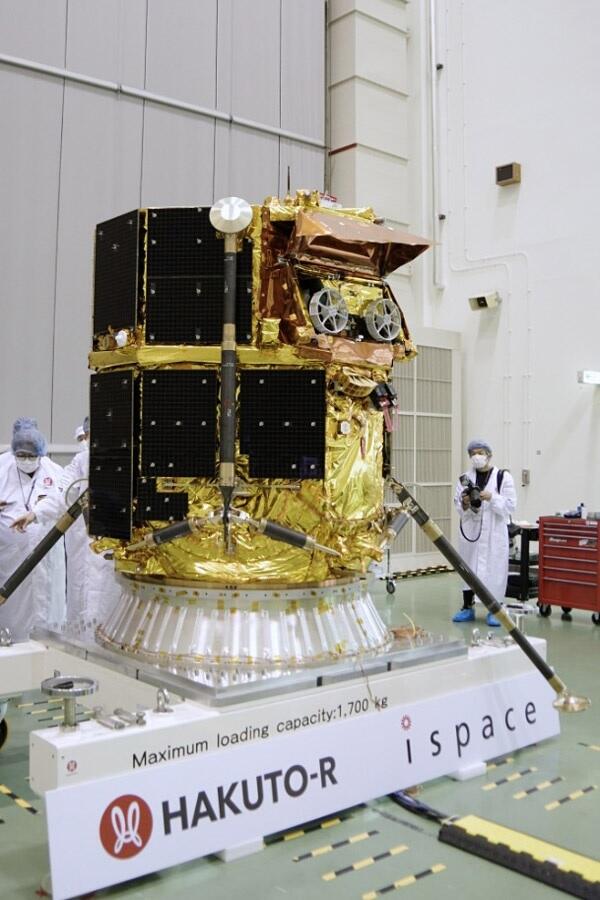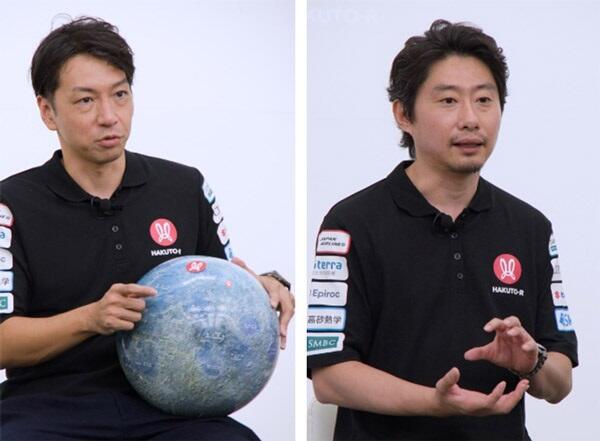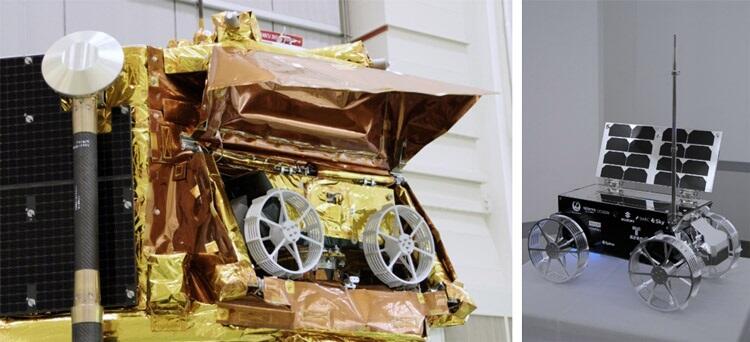Space venture ispace (Tokyo, Japan) announced that it will launch its second lunar exploration mission, the HAKUTO-R lander, in December. The first lander crashed onto the Moon in April last year after misjudging its altitude just before landing, meaning that this will be their second attempt. The spacecraft undergoing final testing was shown to the press, and the representative expressed confidence, saying, "We have faced the challenges with sincerity and spared no effort to make improvements."
The second lander was named "Resilience." Its height with its legs deployed is approximately 2.5 m. It is similar in appearance to the first model, but one notable difference is that it has a small rover named "Tenacious" on its side. The spacecraft also carries six instruments and devices from domestic and international companies and universities, including a lunar water electrolysis device and an alloy plate related to a popular robot anime.
The Tenacious rover was developed by the company's European subsidiary, which plans to gather lunar sand and transfer ownership to the National Aeronautics and Space Administration (NASA) of the United States in a lunar resource commerce deal.
The spacecraft will be launched from Florida, U.S., on a Falcon 9 rocket by SpaceX, Inc., and will take four-five months to reach the Moon's surface. The landing site was determined to be near the center of the "ice sea," at 60.5° north latitude and 4.6° west longitude.

The first spacecraft attempted to be the first private lander of not only Japan, but also of the world to land on the Moon in April last year but failed. The cause was that the discrepancy between the estimated altitude and the measured altitude increased during the descent, causing the aircraft's software to judge the measured altitude, which was almost accurate, as abnormal and discard it. The landing site had been changed in advance, and the terrain on the route had not been studied carefully enough.
In response to this reflection, Resilience in principle maintained the software for landing control but conducted several flight path simulations to evaluate possible events in detail. The company said that they have made adjustments so that the spacecraft can cope even when affected by these factors. Chief Technology Officer (CTO) Ryo Ujiie explained at a press conference on September 12, "We have not made any major changes, but we have worked out the details and made improvements."
Japan's first lunar landing was achieved in January this year by the "Slim" of the Japan Aerospace Exploration Agency (JAXA). The first private landing was achieved in February by the U.S.-based Intuitive Machines LLC 's "Nova C," although both landers ended up on their side.

Chief Executive Officer (CEO) Takeshi Hakamada said, "We were able to control the aircraft through deep space (on the first flight) until just before landing, fully demonstrating its technical reliability. It would have been nice to be number one, but that's not everything. However, it is important to be in the first group, and we want to make sure that we achieve this (Resilience landing) without being delayed by two or three years. Our goal is to go to the Moon many times."
The company's long-term business goal is to build infrastructure and create an economic zone in space by looking for water that is believed to exist on the Moon and utilizing it as a resource.

Original article was provided by the Science Portal and has been translated by Science Japan.




